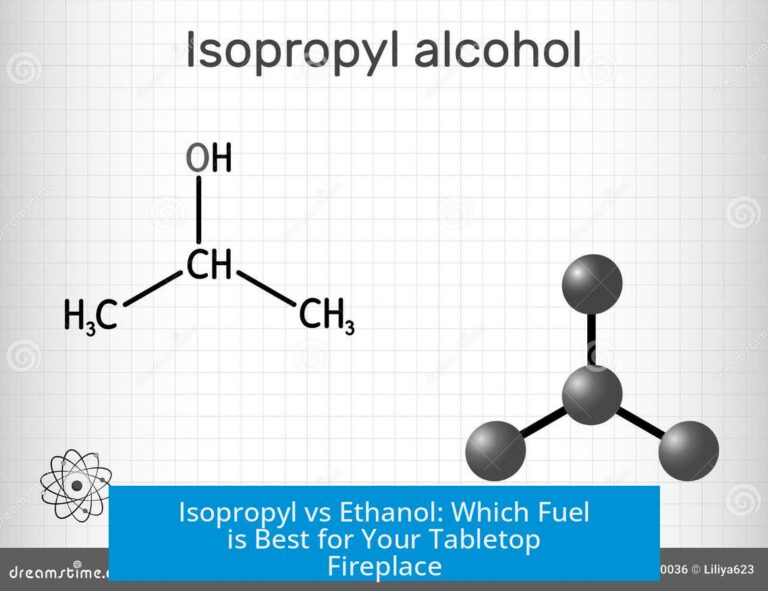Can Acetone Be Made Anhydrous?

Acetone cannot be truly made anhydrous because it exists in equilibrium with water and self-aldol products; removing water shifts the balance toward aldol condensation instead of producing completely dry acetone. This chemical behavior limits the ability to obtain acetone devoid of water in practical settings.
Understanding Acetone’s Chemical Nature
Acetone naturally coexists with small amounts of water and undergoes reversible reactions that produce aldol condensation products. This equilibrium resists complete dehydration. When water is removed, equilibrium forces conversion of acetone molecules into aldol adducts rather than yielding pure, anhydrous acetone.
This dynamic system causes challenges in producing truly water-free acetone by simple drying methods.
Using Magnesium Sulfate to Dry Acetone
Unsuitability of Magnesium Sulfate Paste
Magnesium sulfate used as a drying agent must be anhydrous magnesium sulfate. However, certain commercial “pastes” contain magnesium sulfate heptahydrate combined with phenol and other contaminants. These contaminants would pollute acetone, making this form unsuitable for drying.
Additionally, the heptahydrate form chemically cannot absorb more water, so it has no drying power once hydrated.
Epsom Salt: Pure Magnesium Sulfate Heptahydrate
Epsom salt is pure magnesium sulfate heptahydrate. This hydrate form does not absorb additional water because it already contains seven molecules of crystallization water. Therefore, Epsom salt by itself cannot effectively dry acetone.
Producing Anhydrous Magnesium Sulfate
The drying agent needed is anhydrous magnesium sulfate, which can be prepared from Epsom salt by controlled heating. The process involves:
- Heating at 150°C to start dehydration.
- Gradually increasing temperature by about 50°C each hour, up to 230°C.
- Allowing water to evaporate slowly without dissolving remaining salt.
- Cooling and grinding the resulting anhydrous magnesium sulfate powder.
This heating schedule avoids rapid water release, producing a usable drying agent that can absorb moisture from acetone.
Storage and Use of Anhydrous Magnesium Sulfate
After preparation, the anhydrous magnesium sulfate must be stored in sealed containers to maintain its dryness. Exposure to air causes rapid uptake of moisture and loss of drying capacity.
When used properly, anhydrous magnesium sulfate can remove residual water from acetone, but it does not create perfectly anhydrous acetone due to chemical equilibria discussed earlier.
Alternative Drying Methods and Equivalents
Distillation With Calcium or Barium Sulfates
Distilling acetone from calcium sulfate or barium sulfate can yield acetone of reasonably low water content. These agents act by removing water during distillation but cannot achieve absolute dryness.
Dimethoxypropane as an Anhydrous Equivalent
Dimethoxypropane serves as a synthetic, anhydrous acetone equivalent. It is prepared by reacting methanol with acetone in the presence of catalytic para-toluenesulfonic acid (pTsOH), followed by azeotropic distillation. This chemical avoids water content and simulates acetone’s properties for moisture-sensitive reactions.
Avoiding Boric Anhydride
Though boric anhydride may dry acetone, it is unsafe, especially for non-expert use. It is not recommended because of associated risks commonly encountered in amateur synthesis settings.
Summary: Will This Make Acetone Anhydrous?
- Acetone is chemically in equilibrium with water and aldol products; total dehydration is practically impossible.
- Magnesium sulfate paste or hydrated magnesium sulfate (e.g., Epsom salt) cannot dry acetone effectively.
- Anhydrous magnesium sulfate can be prepared by controlled heating of Epsom salt and can reduce water content in acetone.
- Proper storage of anhydrous magnesium sulfate is essential to maintain its effectiveness.
- Distillation with calcium or barium sulfate provides reasonably dry acetone, not perfectly anhydrous.
- Dimethoxypropane can act as an anhydrous acetone substitute.
- Use of boric anhydride is discouraged due to safety concerns.
- Simple drying methods or contaminated drying agents do not yield anhydrous acetone.





Leave a Comment